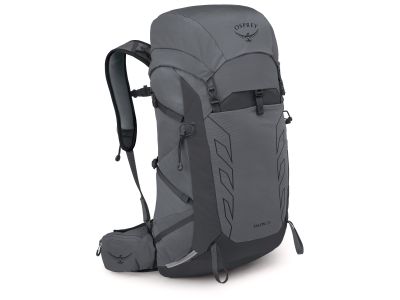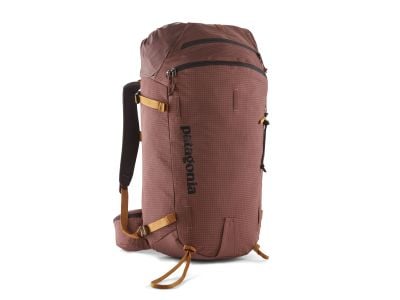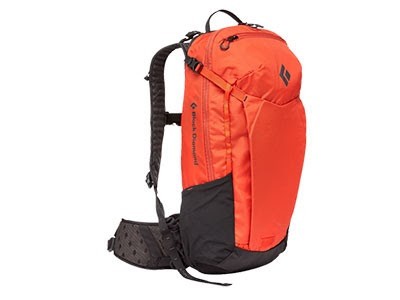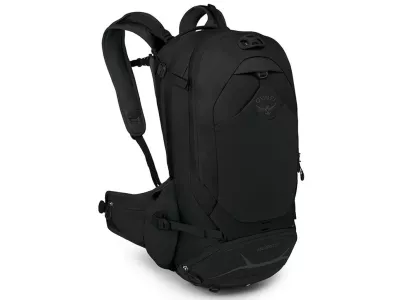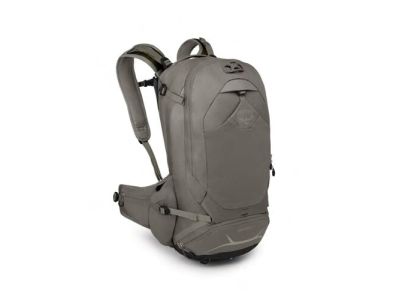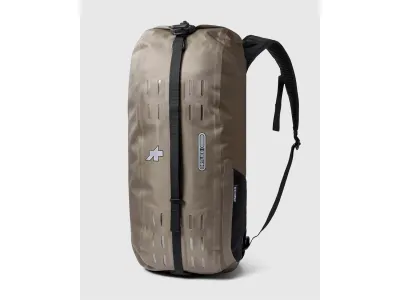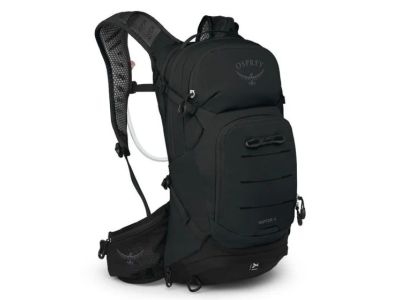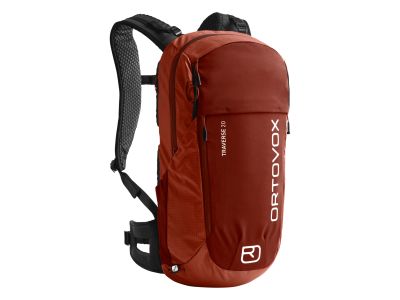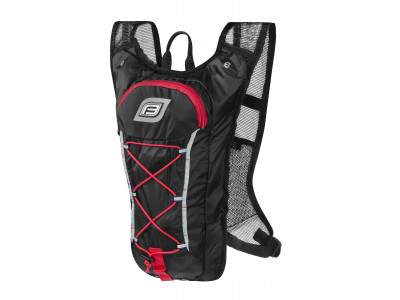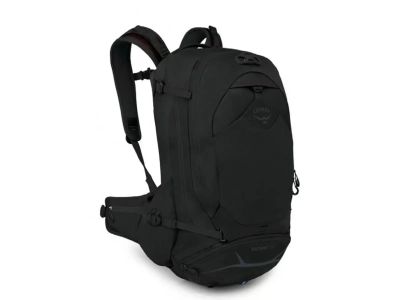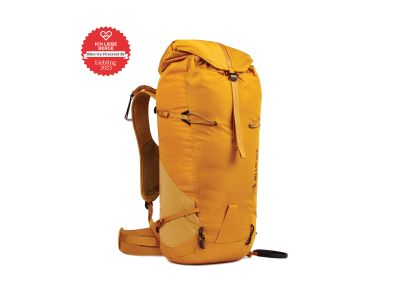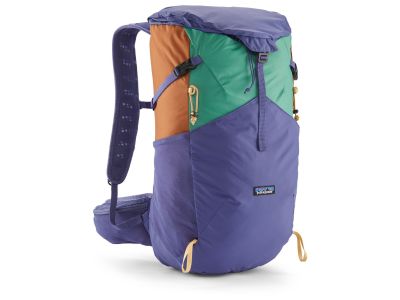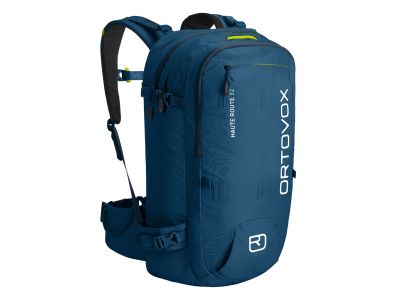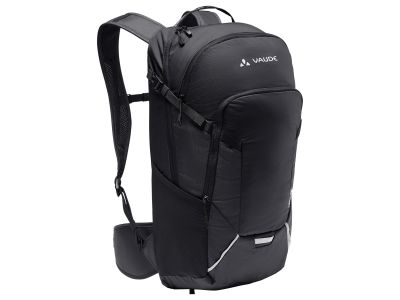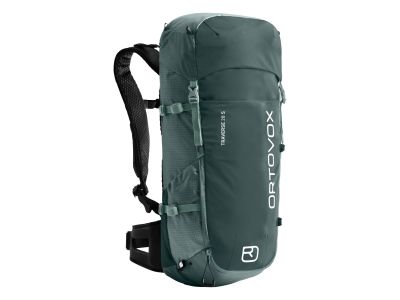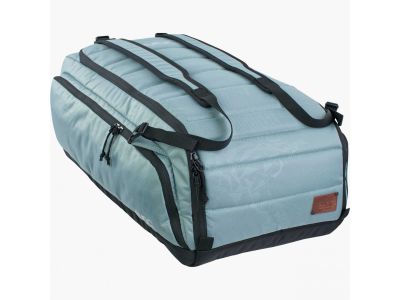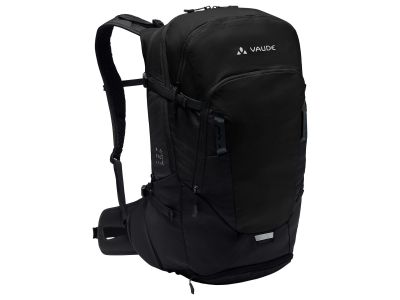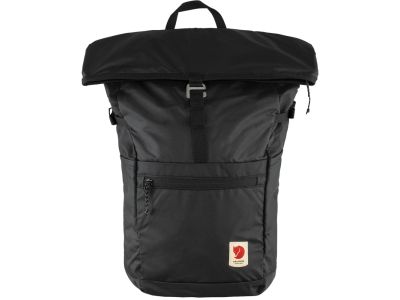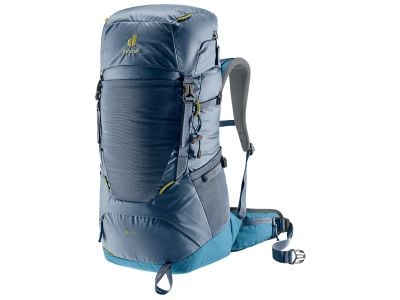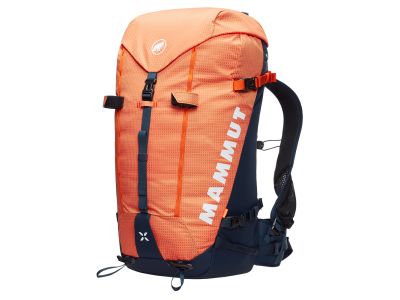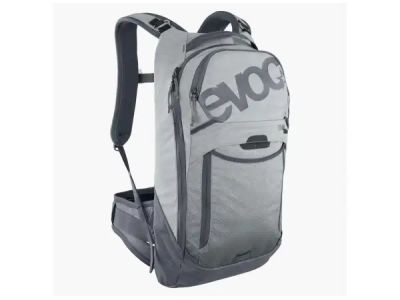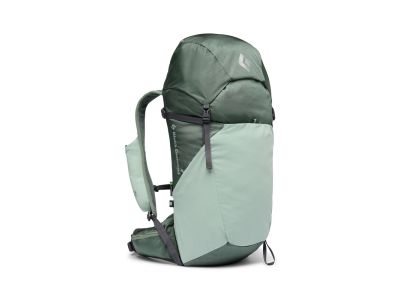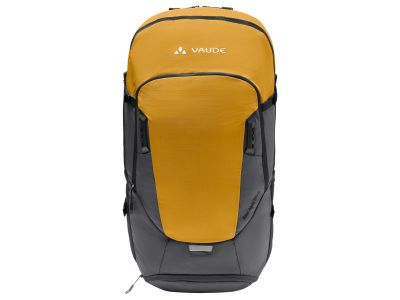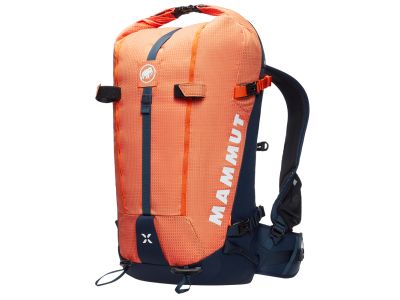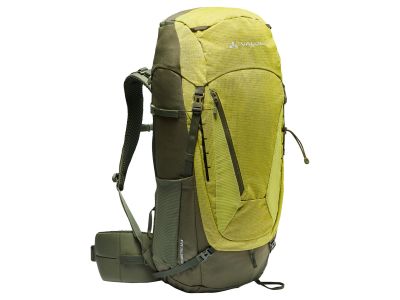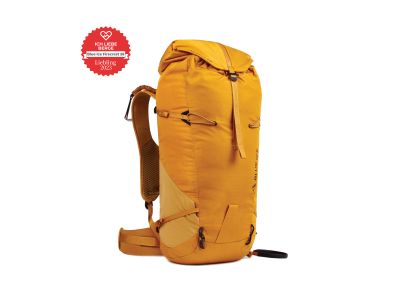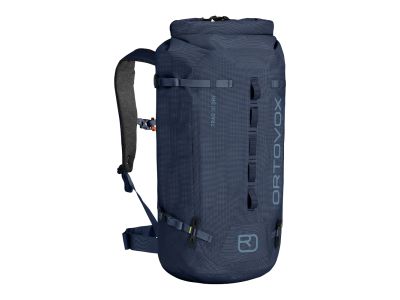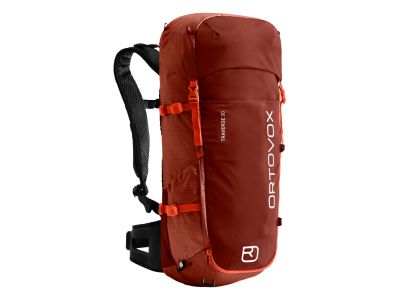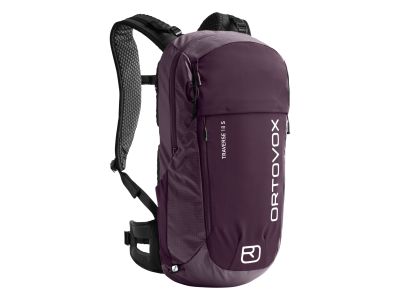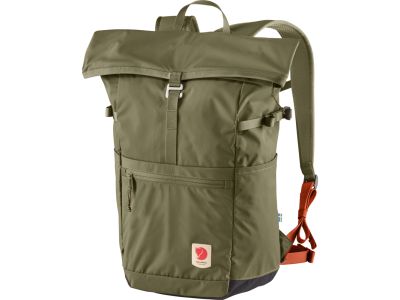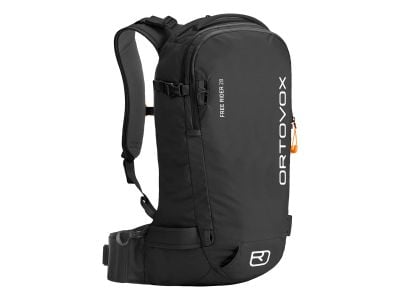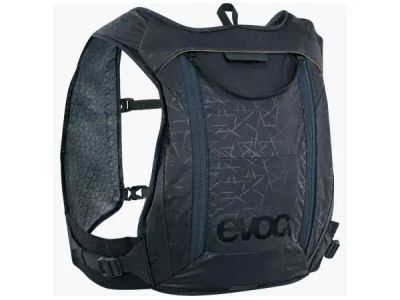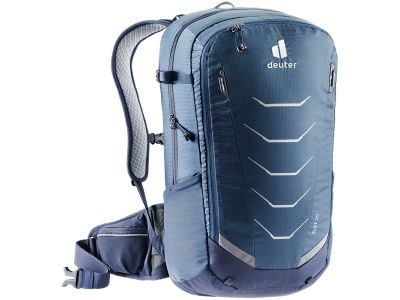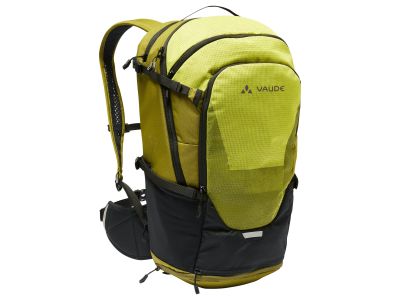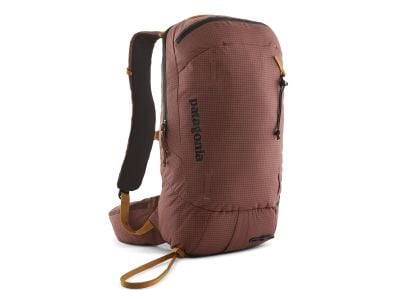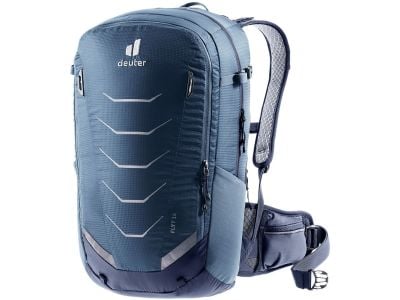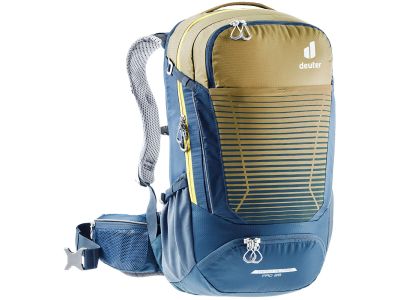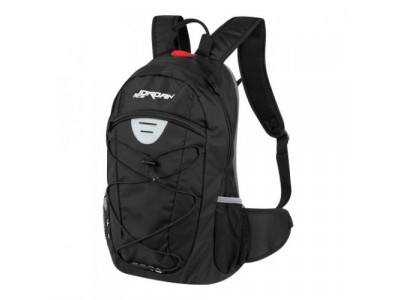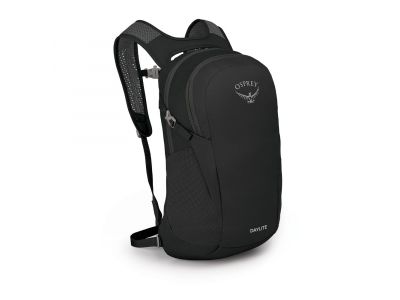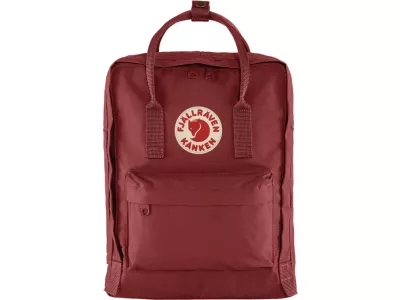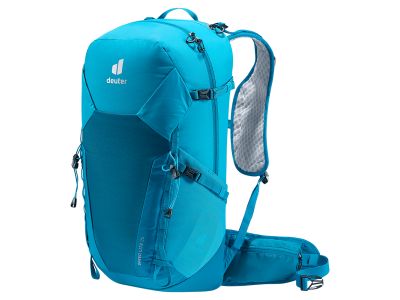Hiking backpacks are specially designed backpacks that are specifically made for outdoor enthusiasts and hikers. These backpacks are built to withstand the rigours of long hikes and provide the necessary storage space and comfort to carry essential equipment and supplies.
How to choose a hiking backpack?
Hiking backpack specifications can vary depending on the brand and model, but here are some common backpack specifications to consider:
- Capacity: Hiking backpacks typically range in capacity from 20 to 70 litres. The capacity you pick depends on the length of your hike and the amount of gear you plan to carry. Smaller backpacks are suitable for day hikes, while larger backpacks are ideal for multi-day or longer trips.
- Weight: Look for lightweight backpacks without compromising on durability. The weight of the backpack itself is important because it affects how much additional weight you can comfortably carry. Aim for a lightweight backpack that still offers the necessary features, durability, and load capacity for your activities.
- Material: Hiking backpacks are often made of durable, water-resistant materials, such as ripstop nylon or reinforced polyester. These materials are designed to withstand rough terrain and resist tearing and abrasion.
- Harness system: A good harness system is key for proper weight distribution and comfort during long hikes. Look for padded shoulder straps, a supportive hip belt, and an adjustable torso length to ensure a proper fit.
- Compartments and pockets: Consider the number and arrangement of compartments, folders, and pockets in your backpack. Multiple compartments help organize your gear and allow easy access to specific items. Look for exterior pockets, side pockets, and hip belt pockets for quick access to essentials like snacks, a water bottle, or navigation tools and cell phones.
- Hydration bladder compatibility: Many hiking backpacks come with a hydration reservoir pouch or compartment, allowing you to conveniently carry and access water while hiking. Look for backpacks that are hydration bladder compatible and have a dedicated pouch or hose opening that allows for easy hydration.
- External attachment points: Some backpacks come with external attachment points, such as chains, gear loops, or bungee cords. These allow you to attach additional equipment, such as trekking poles, ice axes, or sleeping pads, to the outside of the backpack, freeing up space inside and allowing easy access to essential gear.
- Rain cover: A built-in or removable rain cover is a valuable feature that protects your gear from rain or moisture. Make sure the backpack you choose has a rain cover or is compatible with one.
- Fit and adjustability: It's important to try on the backpack and adjust the straps and hip belt to ensure a proper fit. Look for backpacks with adjustable shoulder straps, hip belts, and torso length to accommodate different body sizes and shapes.
- Brand reputation and warranty: Consider the brand reputation and the warranty that the backpack provides. A reputable brand with a good warranty can provide a guarantee of quality.
How to wear a hiking backpack correctly?
Wearing a hiking backpack properly is essential for comfort, stability, and weight distribution. Here are a few steps to help you wear your backpack comfortably:
- Adjust the shoulder straps: Put on your backpack and adjust the shoulder straps so they fit comfortably on your shoulders. They shouldn't dig into your skin or cause discomfort. Make sure the straps are snug, but not too tight.
- Tighten your sternum strap: The sternum strap is the strap that connects the shoulder straps across your chest. Adjust it so that it sits comfortably on your sternum, helping to evenly distribute weight and stabilize the pack.
- Adjust the hip belt: The hip belt is one of the most important parts of a hiking backpack. It should fit around your hips and be tight enough to transfer most of the weight from your shoulders to your hips. Adjust the tension of the hip belt so that it is firm but not too tight.
- Check the torso length: Some hiking backpacks have an adjustable torso length. If your backpack has this feature, be sure to adjust it to fit your specific body size. The backpack's suspension system should sit comfortably on your shoulders and hug your back.
- Proper weight distribution: After adjusting all the straps, make sure the weight of the backpack is evenly distributed. Most of the weight should be on your hips, not your shoulders. If you feel like the backpack is unbalanced or pulling you backward, adjust the straps until the weight is centred.
- Try out how your pack fits: Take a short walk or hike with your pack to test its fit and make any necessary adjustments. Pay attention to any uncomfortable or pressure points and make any necessary changes to the strap tension or load distribution.
Remember that everyone's body shape and preferences may vary, so it's important to experiment and adjust the straps and fit until you find what works best for you.
How to clean and maintain a hiking backpack?
To clean your hiking backpack, empty all pockets and compartments and remove all removable parts. Hand wash your backpack using a mild detergent and warm water, gently scrubbing any soiled areas. Rinse thoroughly and allow to air dry completely before storing. Do not use harsh chemicals, machine wash or tumble dry as this may damage the materials and functionality of the backpack.
